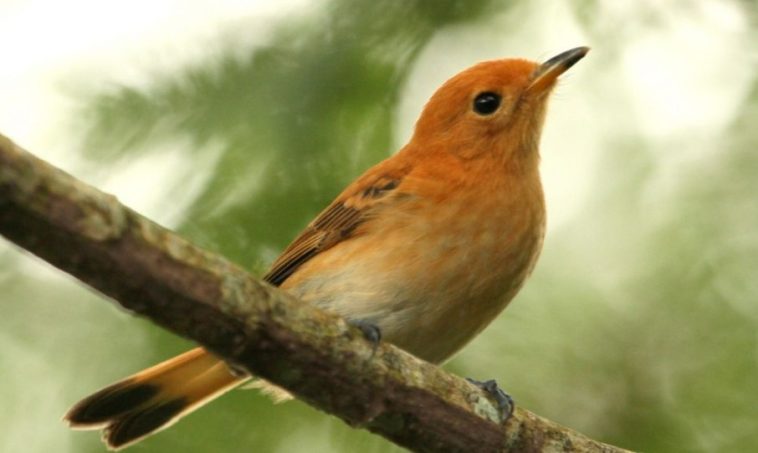Nature knows how to heal itself. So much so that sometimes animals that we thought were extinct come back.
Nature is a set of miracles that mankind has both admired and ruthlessly interfered with for centuries. Forests, mountains, oceans and skies have been the habitat of hundreds of thousands of species. Unfortunately, the speed of the modern world, industrialisation, climate change, unconscious hunting and habitat destruction have pushed many animal species to the brink. Some species fell off the cliff, while others miraculously managed to hold on. Today, many animals that were labelled ‘extinct’ are being reintroduced to nature thanks to the persistent efforts of scientists, volunteers, local communities and nature lovers. The stories of these species symbolise the rebirth of not only biodiversity but also human will and hope. In this article, we share with you the animals that have come back from the brink of extinction.
1. Arabian oryx (Arabian oryx)
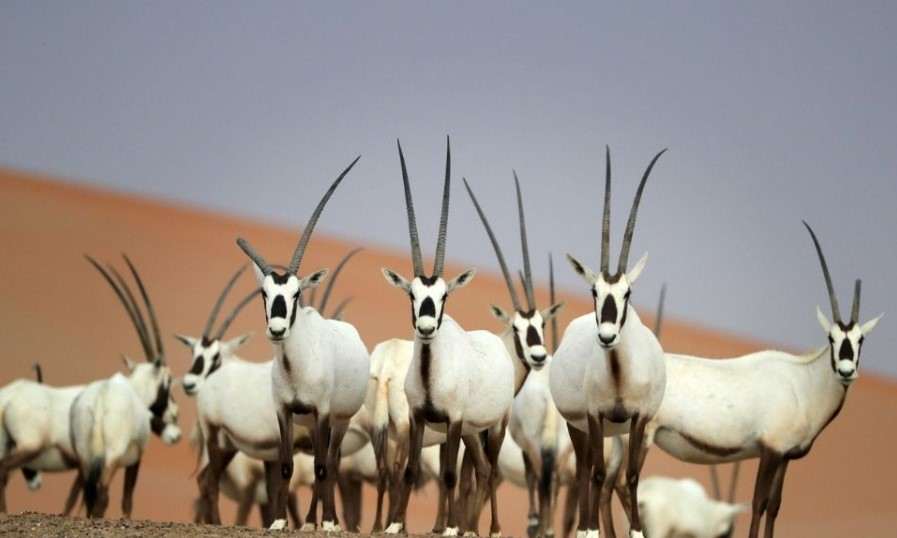
In 1960, the Arabian oryx was almost extinct. Drought had increased, the climate had taken its toll, and collectors had begun to capture this beauty. Conclusion. It was declared extinct in the wild.
But! In 1962, a great idea was born: ‘Why don’t we preserve and reproduce this beauty?’ and a captive breeding project was launched. The first success came in Phoenix, Arizona. Then came the Los Angeles and San Diego Zoos, and then the Gladys Porter Zoo in Texas.
The latest situation? According to 2016 data, there are 6,000-7,000 controlled individuals, plus more than 1,200 Arabian oryx free-ranging in the wild! Maybe there are even more!
2. Blue iguana
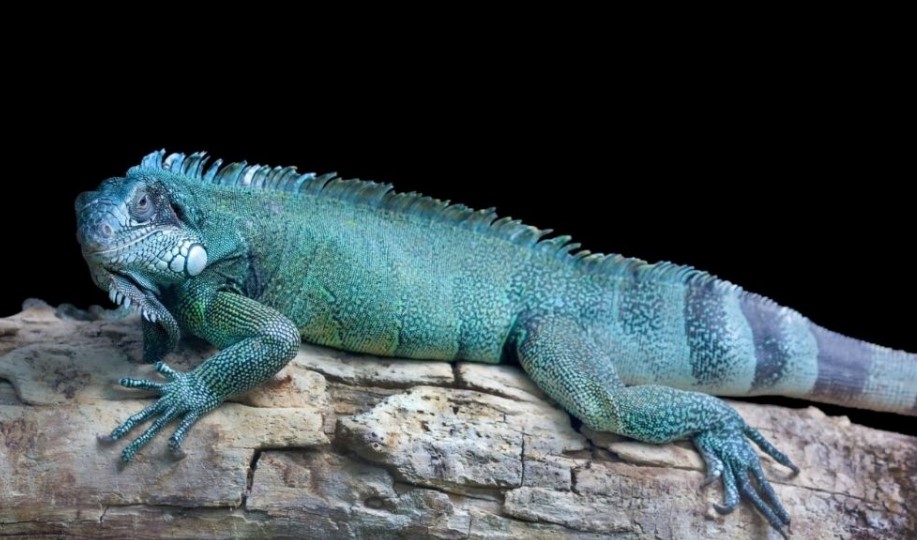
The blue iguana… One glance at it makes one ask, ‘Why do the other iguanas pale in comparison to this one?’ This eye-catching creature used to live only in the Cayman Islands, but roads, people, and other animals brought in quickly drove it to extinction. By 2002, there were only 15 individuals left in the wild!
And that’s where a hero enters the story: Fred Burton. The Cambridge graduate fell in love with this legendary reptile while working at the Mosquito Research Unit and dedicated his life to saving this beauty. The breeding programme he started in 1990 pays off and in 2018, the 1,000th blue iguana was released into the wild. The goal now is to protect and preserve them.
3. Gould’s mouse
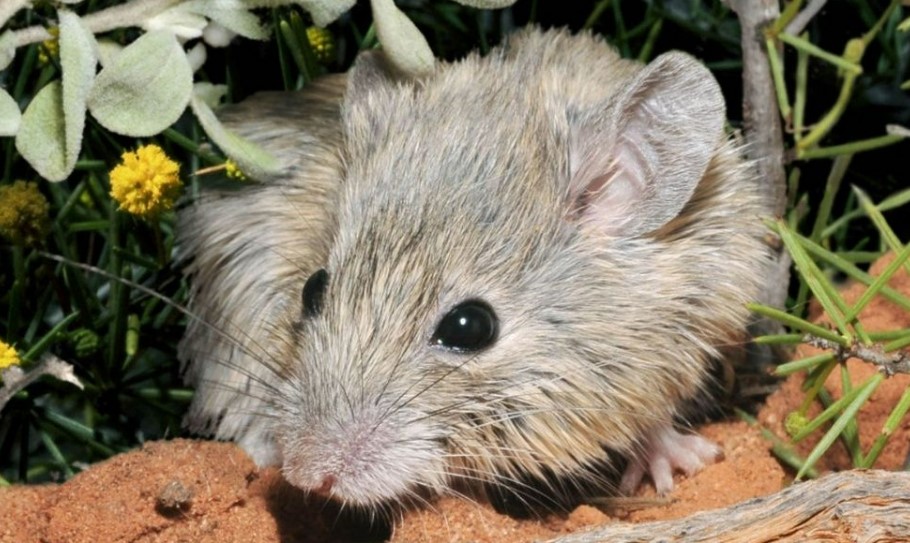
Imagine, there is a species that has been thought to be extinct for 150 years. This rodent we’re talking about: Gould’s mouse. Feral cats, foxes and agricultural activities had wiped out this tiny creature… until 2021!
Scientists from the Australian National University analysed the DNA of a mouse living in Shark Bay. It turns out that this species is Gould’s mouse! Today there are only about 2,000 individuals, but thanks to projects such as ‘Return to 1616’, there is hope for their survival.
4. Red rookie
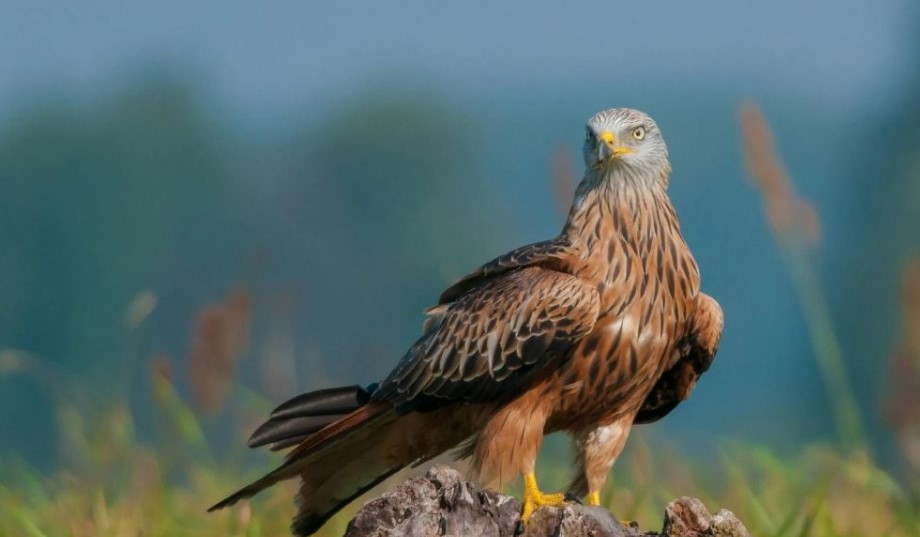
This graceful bird of prey, once soaring in the skies over England and Scotland, was almost wiped out by human persecution. It disappeared from England in the 1870s and from Scotland in 1879.
In the last 30 years there has been a remarkable comeback. Thanks to birds from Spain and Germany, they have been reintroduced to many parts of the UK. The success, especially in the Chilterns, gave hope to other areas. The Red Teal is now one of the fastest growing bird species in the UK!
5. Northern pool frog
These tiny frogs were unable to reproduce when water levels in England dropped in 1995 and they disappeared completely. But here’s the beauty: 10 years later, a secret plan was put into action. Every year 30 adult frogs from Sweden were moved to a secret location called ‘Site X’. A new generation of frogs was born, grew, reproduced and released into the wild in Norfolk between 2018 and 2021. A quiet but wonderful comeback story.
6. American and European bison
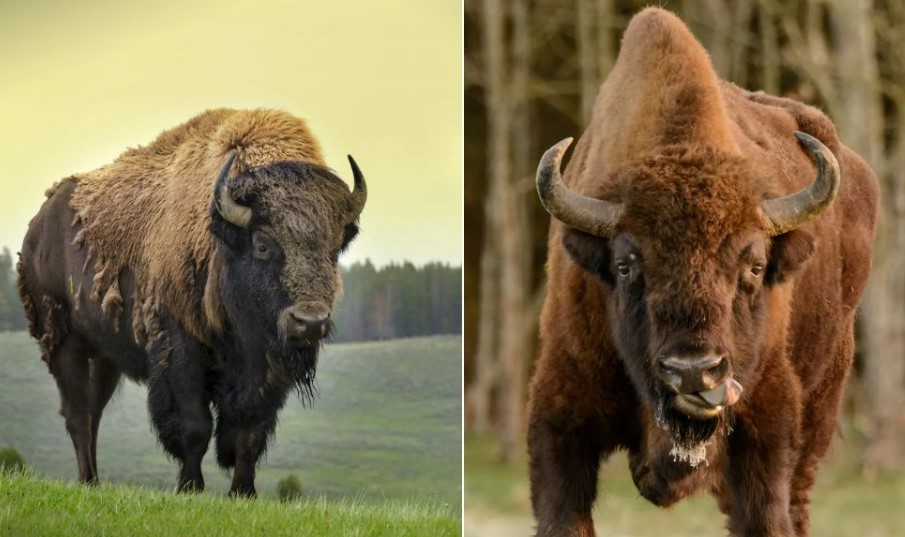
American bison once roamed North America in huge herds of 60 million individuals. But humans hunted them by the thousands for sport (!). By the end of the 1800s, there were only about 600 left!
But farmers, nature lovers and legal regulations stepped in. They were bred in captivity and released into the wild. Today there are close to 500,000 American bison! The most ‘purebred’ ones live in Yellowstone. If you go in May, you can see their offspring called ‘red dogs’ with their rust-coloured feathers.
European bison suffered a similar fate. They disappeared completely in the 1920s, but were saved by 54 surviving individuals in zoos. Today they are back in Europe and are even planned to be brought to Kent in the UK! European giants are making a comeback! We continue our article on rare animals back from the brink of extinction.
7. Carterocephalus palaemon
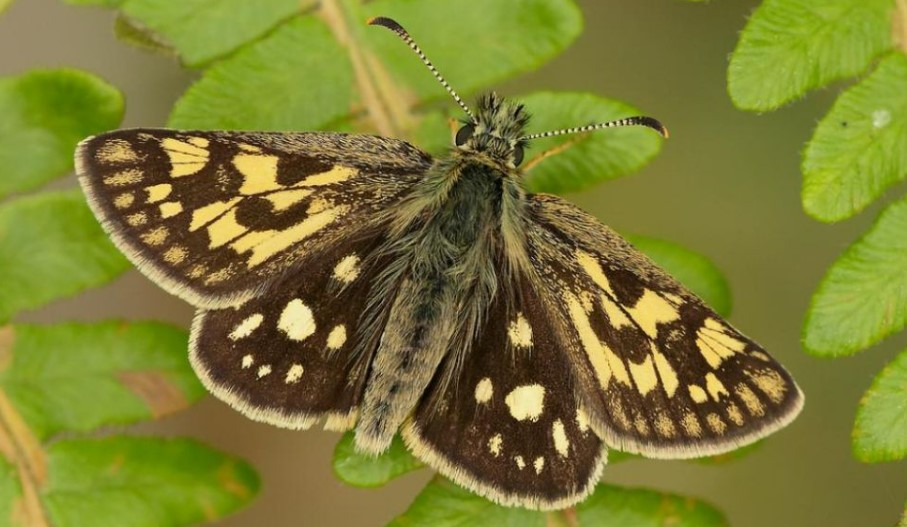
This orange and brown beauty took her last wing in the skies over England in 1976. Why? Because the open, moist woodlands and meadows where it lived were disappearing. But there is always hope! In 2016, a group of conservation volunteers brought individuals from the Ardennes Forest in Belgium and set out to revive the species.
In 2018, these butterflies were placed in 16 different locations in Rockingham Forest in Northamptonshire. And… big news: In May 2019, the first British-born Carterocephalus palaemon appeared! Subsequent observations showed that these little guys are perfectly adapted to nature. In addition, the project has brought around 4,000 people into contact with nature.
8. Old World Beaver
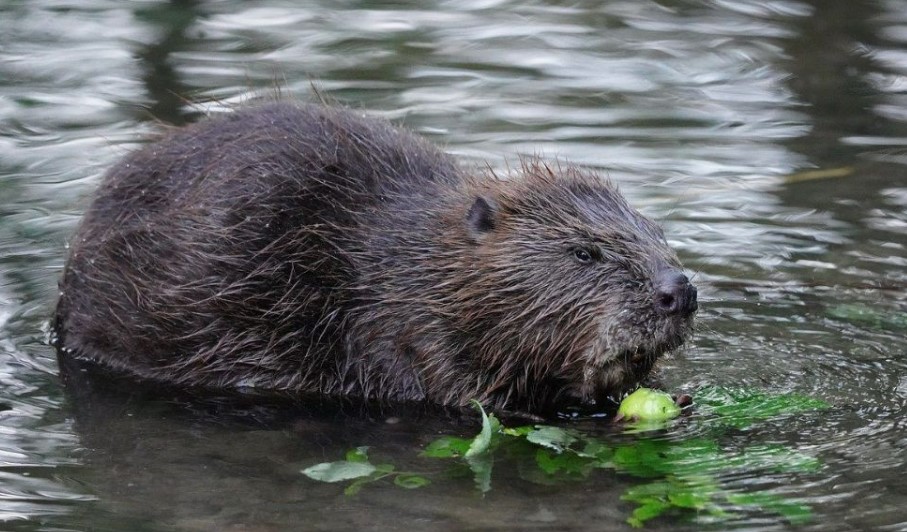
Once living happily in rivers all over Europe, beavers were hunted for their thick fur and musk-like odour… until they disappeared completely in England in the 16th century.
But nature lovers didn’t give up! After years of effort, beavers finally appeared on the River Otter in Devon in 2013. This development was so impressive that they persuaded the government to agree to a five-year evaluation process. And the result? Beavers have fantastic effects on the environment: they improve wetlands, prevent flooding, increase insect diversity.
Beavers are now being re-released in England, Scotland and Wales. In fact, in September 2021, three generations of the same family were seen together on the River Avon! This means that for the first time in 400 years, they are fully on their own in nature.
9. Rarotonga flycatcher
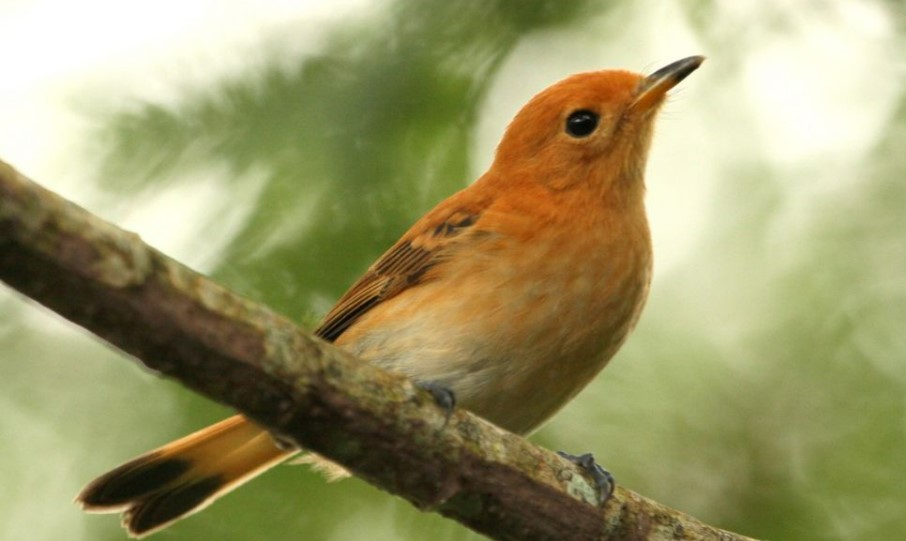
This lovely bird species, native to the Cook Islands, had almost completely disappeared due to the cats and rats brought to the islands by Europeans. When surveys in the 70s and 80s revealed that very few individuals were found, action was taken immediately.
The Cook Islands Conservation Service launched the ‘Kakerori Recovery Programme’ in the 1980s. The aim was to reduce the number of rats and protect bird nests. Over 400 flycatchers now live on the island of Rarotonga. And these birds are no longer only on Rarotonga! Between 2001 and 2003, 30 individuals moved to Atiu Island, and this number increased to at least 123 in 2018. The little ones are growing, the islands are full!
10. Eastern striped bandicoot
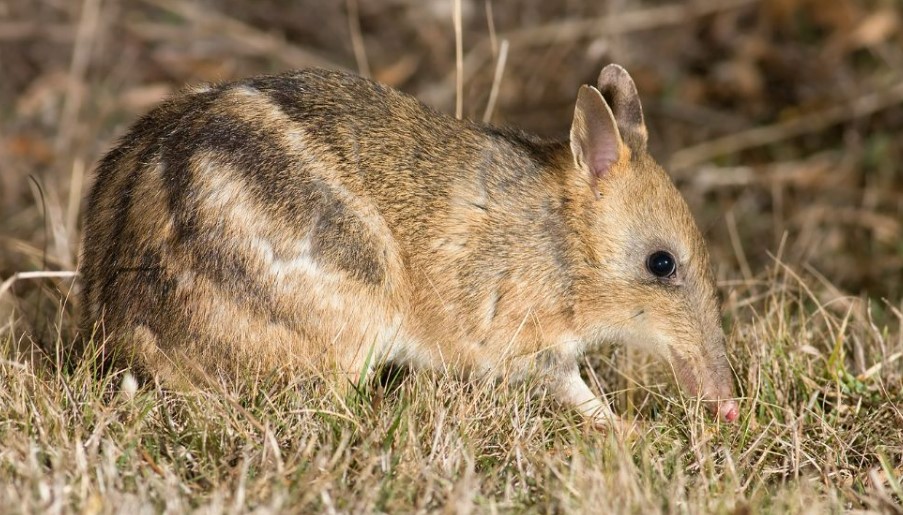
Small, fast and rabbit-sized! The eastern striped bandicoot was on the verge of extinction in Australia due to habitat loss and the threat of predators such as foxes and cats. By the end of the 1980s, there were only 150 left!
But fortunately, a major rescue operation has begun for this species. Thanks to Zoos Victoria and volunteers, fenced and predator-free areas were created. Even guardian dogs were involved! Especially in a nature reserve in Dunkeld, these specially trained dogs became the guardian angels of the bandicoots. And in 2021 the big news came: this cute species was upgraded from the category ‘extinct in the wild’ to ‘endangered’!
11. Echo parakeet
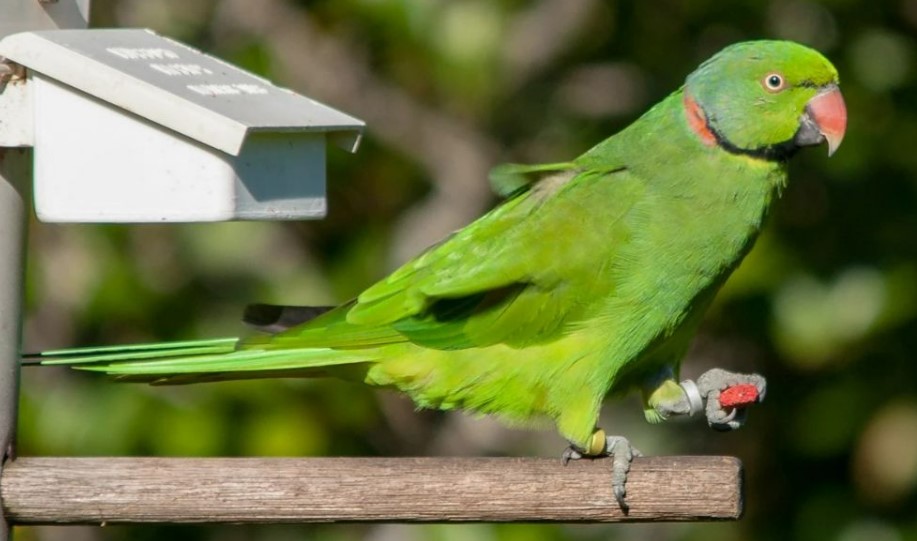
The Echo parakeet, one of the colourful but fragile creatures of the island of Mauritius, almost disappeared in the 1980s. There were only 20 left! The reasons? Feral cats, habitat loss and lack of food. But the Mauritius Wildlife Trust and the Zoological Society of London have joined hands for these birds.
In 1994, the Black River Gorges National Park was established. Today more than 700 parakeets live here! A second colony was also established in the Bambous Mountains. In 2019, the status of this species was downgraded from ‘endangered’ to ‘vulnerable’.
12. Blue Parrot
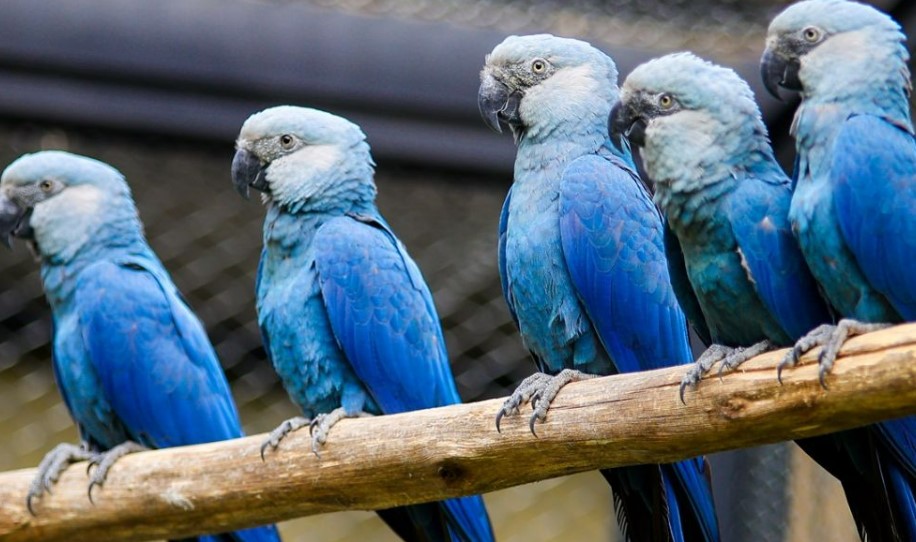
You know the famous animated film ‘Rio’? The cute blue parrot there is actually the Blue Ara, which was declared extinct in real life! It had completely disappeared in nature in the early 2000s. But a few individuals were still living in zoos and private collections.
Rescue efforts were launched, and special programmes were used to breed these birds. In 2022, eight Blue Arae returned to Brazil. They were accompanied by trainer birds to help them learn about life in the wild. Now they are free! The sky is no longer a blue dream for them, but a reality! This concludes our article on rare animals that have come back from the brink of extinction.
